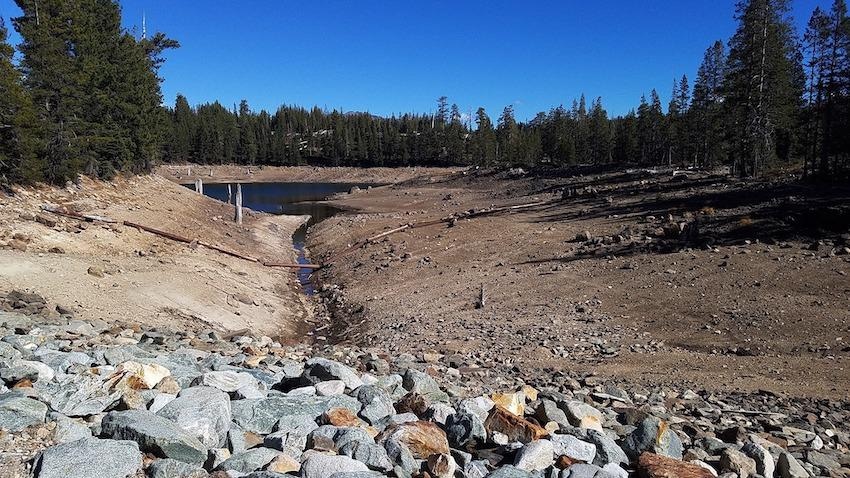Reviewed by Alex SmithApr 8 2022
Under the Water Resilience Portfolio Initiative declared in 2020 by Gov. Gavin Newsom, collaborations between irrigation districts, water utilities and other stakeholders in California will play a vital role in financially supporting the new infrastructure.

Image Credit: Cornell University.
However, a new study alerts those advantages might not be distributed uniformly without a correct structure to the collaboration agreements.
The initiative of California is a multi-billion-dollar effort that promotes the collaboration of various water utilities and irrigation districts in the construction of shared infrastructure to decrease the impacts of droughts. However, numerous questions are yet to be answered concerning how best to structure such agreements.
In a new study, scientists from the University of North Carolina at Chapel Hill and Cornell University explored collaboration agreements in connection with the Friant-Kern Canal, delivering water to irrigation districts and municipal utilities in the southern Central Valley of California.
The study was published on March 15th, 2022 in the Earth’s Future journal.
The canal has been sinking due to groundwater over-pumping and a partnership of local water providers has begun to make repairs—projected to cost $500 million—in coordination with state and federal agencies.
Andrew L. Hamilton, Study Primary Author and Postdoctoral Associate, School Civil and Environmental Engineering, Cornell University
Hamilton added, “However, benefits to individual providers are highly uncertain. This setting is more broadly representative of the types of infrastructure investment that California and other regions are considering, as well as the challenge of bringing different parties together to collectively fund these projects.”
Thousands of different approaches to designing candidate partnerships were tested by the researchers, to comprehend the impact of each design (that is, which water providers are taking part, and what share of financial support is each accountable for), the kind of infrastructure, and the climate scenario.
In the majority of the cases, performance was highly varied among the different collaborators—few received considerable new water supplies at an affordable price, while others got negligible benefits compared to their share of the project cost.
Local performance is altered depending on a range of factors, like the water providers’ location, water rights, and also other system factors. This stresses the significance of elaborate models that can capture system dynamics at the level of separate water providers.
These outcomes are subject to the significance of taking multiple factors into account so that investment partnerships could be constructed to fulfill all partners. Various points must be of interest to policymakers as they request to make wise investments that enhance the water resilience of California.
- If the future is drier compared to the past, there may not be adequate “capturable” water available to make the investment valuable. This climate-related risk might be borne more heavily by a few partners compared to others.
- Investments in one project (for example, canal expansion) must frequently be combined with another (for example, water storage) if the full advantages of the investments are to be identified and uniformly distributed across a collaboration.
- It is very hard to please everyone in bigger partnerships, as it becomes more probable that at least one partner performs poorly. This initiates a trade-off, as bigger partnerships are normally viewed more favorably by the public and also by policymakers.
As a result of climate change, regulatory change and other stressors, the future remains highly doubtful. This study outcomes illustrate how poorly scheduled partnerships can result in considerable financial risk for water providers under unfavorable future scenarios.
The authors posit that financial flexibility must be the main feature of water supply resilience that has been scheduled in California and other regions.
The co-authors of the study are from the UNC Gillings School of Global Public Health Research Scientist Harrison B. Zeff; and Gregory Characklis, W. R. Kenan Jr. Distinguished Professor, all with the Department of Environmental Sciences and Engineering.
Also, Characklis serves as director of the UNC Center on Financial Risk in Environmental Systems. Co-author Patrick M. Reed is the Joseph C. Ford Professor in the School of Civil and Environmental Engineering at Cornell University.
Journal Reference:
Hamilton, A. L., et al. (2022) Resilient California water portfolios require infrastructure investment partnerships that are viable for all partners. Earth’s Future. doi.org/10.1029/2021EF002573.